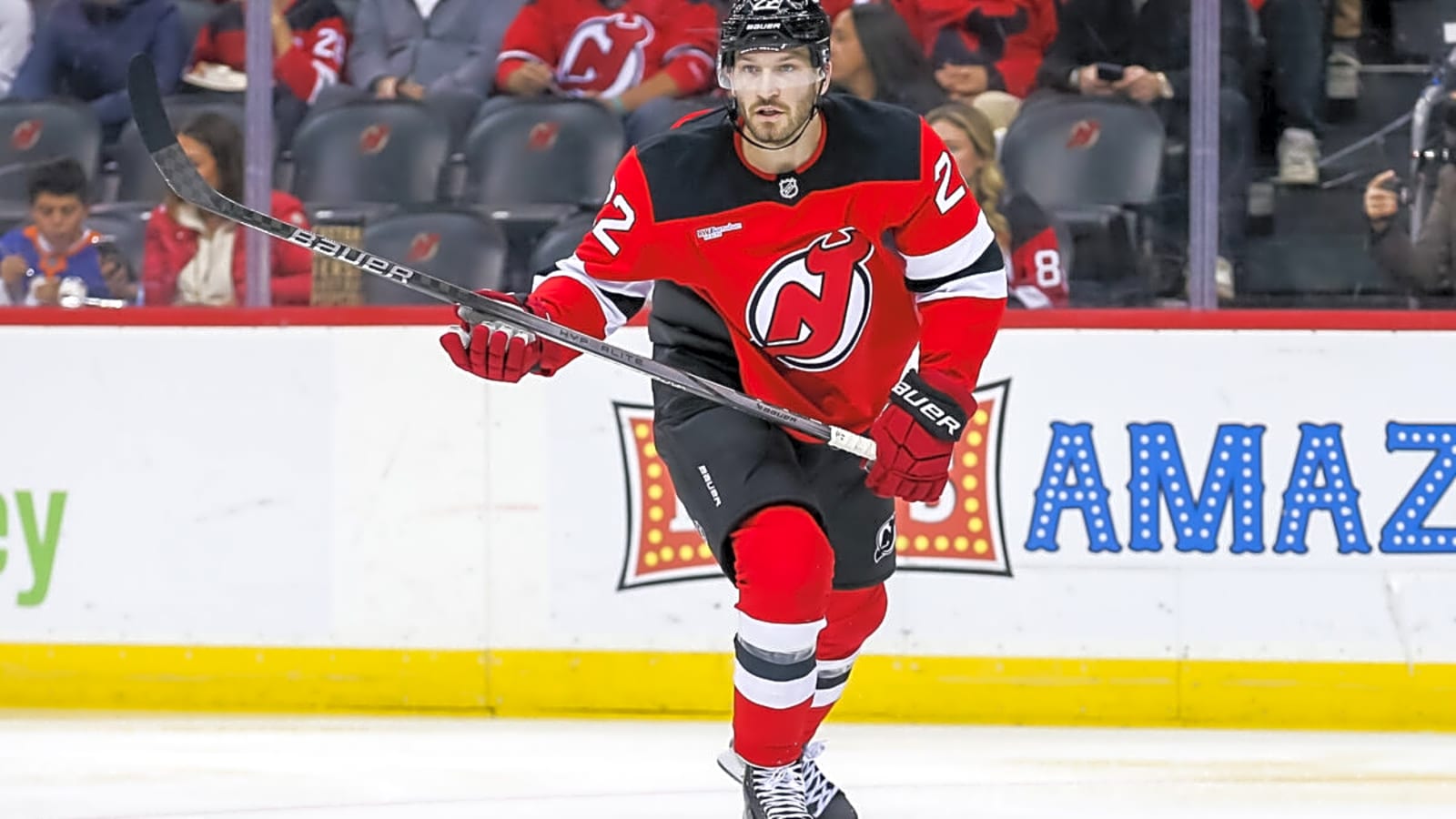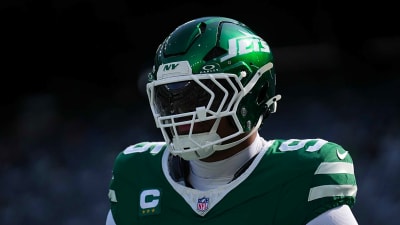
The New Jersey Devils spent the first month of the 2025-26 season striking an impressive balance between their talented offense and a steadily improving defensive identity, and for a while, it looked like they had finally found the perfect formula. Through October, the Devils rolled to an 8-3-0 record, blending their trademark speed and skill with a newfound structure in their own zone. The blue line was tighter, the goaltending was steady, and the transition game that fueled their offense looked as sharp as ever.
But as November began, that equilibrium started to wobble. Since Brett Pesce went down with an upper-body injury, New Jersey has managed just one win in its last four games, and the absence of their defensive anchor has been hard to ignore. The Devils are still generating chances and scoring, but the stability that defined their early success has slipped, particularly in late-game situations and on the penalty kill.
While it’s not cause for concern just yet, Pesce’s injury will have him sidelined for roughly a month of action, a stretch that could prove pivotal for the Devils. His injury couldn’t have come at a worse time, with the schedule tightening and key divisional matchups on deck. Without their steady veteran presence on the blue line, New Jersey’s defensive group will need to rise to the occasion. The spotlight now shifts to the rest of the unit, and the question becomes whether they can maintain the defensive poise and structure that defined the team’s early success until one of their most reliable blueliners returns.
Veteran Presence Missing
Since arriving in New Jersey, Pesce has been exactly the steadying presence the Devils envisioned for their blue line. Signed in the offseason after nine seasons with the Carolina Hurricanes, Pesce was brought in to add veteran poise, structure, and experience to a young defensive core, and the 30-year-old Tarrytown, New York native has delivered on every front.
Pesce’s value doesn’t come from flashy plays or offensive highlights; it’s rooted in his consistency and composure. His smooth puck retrievals, precise outlet passes, and ability to break up rushes have brought balance and reliability to the Devils’ back end. In just nine games this season, he’s already recorded 24 blocked shots while averaging over 21 minutes of ice time per night — a reflection of both his workload and his importance to the team’s defensive identity. Last season, he finished with 138 blocks, underscoring just how vital his presence is when it comes to shutting down opposing scoring chances.
Pesce’s absence leaves a significant void on the Devils’ blue line. He’s not just a dependable minute-eater: he’s a tone-setter. His ability to slow the game down, read developing plays, and clear traffic from the crease has made him a quiet cornerstone of New Jersey’s defensive structure, especially on the penalty kill.
Before his injury, the Devils were in the midst of an impressive special teams stretch, killing off 21 consecutive penalties and ranking among the top three units in the league. But in their first full game without Pesce — a matchup against the Colorado Avalanche — the cracks showed. New Jersey surrendered four power-play goals, dropping their penalty-kill rate to 86.7%, sliding it down to seventh in the NHL.
Pesce’s absence has been immediately felt, and while the Devils are slowly adjusting to life without their defensive anchor, the transition hasn’t been easy. Now, the challenge falls to the rest of the blue line to absorb his minutes, stabilize the penalty kill, and restore the structure that made New Jersey so difficult to play against through October.
Next Men Up
The immediate burden has already fallen on Dougie Hamilton, Brenden Dillon, and Jonas Siegenthaler, three veterans now carrying heavier workloads in Pesce’s absence. Hamilton, the Devils’ offensive catalyst from the blue line, has been tasked with finding the right balance between joining the rush and maintaining defensive discipline, especially when matched against opponents’ top scoring lines. Dillon, meanwhile, has brought a much-needed physical edge and stability, taking on additional penalty-kill minutes and setting the tone with his assertive play in front of the net. His steady presence has arguably been the most reliable on the back end since Pesce went down.
However, Siegenthaler and Hamilton have struggled to maintain their usual form during this stretch. Both have found themselves losing puck battles and combine for 40 giveaways on the season thus far — issues that have led to costly defensive-zone turnovers and goal-scoring opportunities for their opponents. While Dillon has stepped up admirably, he can’t be expected to shoulder the defensive load alone.
Pesce’s regular defense partner, Luke Hughes, has continued to show flashes of brilliance with his skating and offensive instincts, but defensively, he’s still developing. The 21-year-old is learning how to handle tougher matchups and manage the physical grind of NHL minutes, a process that naturally comes with growing pains.
As for the rest of the defensive unit, Simon Nemec and recent call-ups Seamus Casey and Dennis Cholowski have all shown promise but remain inconsistent. Their youth and inexperience are evident at times, particularly in their reads and positioning under pressure. The potential is there— the raw tools, the skating, the vision, but translating that into reliable defensive play every night will take time.
Without Pesce’s steadying presence, the group is being asked to mature quickly. For the Devils to stay competitive through November, their defense will need not just to survive, but to evolve — tightening structure, improving puck management, and supporting each other shift by shift.
Looking Ahead at the Devils D-Core
The absence of Pesce is a blow, no question. But it also presents a chance for others to step up, for the young defenders to take ownership, and for the Devils to prove that their identity runs deeper than any single player. Moments like these often reveal a team’s true character, and for New Jersey, it’s a chance to prove that their defensive identity runs deeper than any single player.
There’s no need to sound the alarms just yet. The Devils’ strong start, a 9-4-0 record through their first month, is proof of how well-rounded and competitive this roster can be when they’re playing to their structure. The key now is maintaining that discipline, refining defensive pairings, and rediscovering the balance that made them so effective in October.
If the blue line can stay organized, the forwards can remain committed to backchecking, and the goaltenders continue providing steady play, the Devils should be able to weather this stretch without losing momentum. When Pesce does return, the team will be stronger for having navigated adversity together, and that experience could pay dividends down the road when the games matter most.
More must-reads:
- Rangers' staggering home woes continue with another shutout loss
- Why Colts went all-in on landing Sauce Gardner from Jets ahead of trade deadline
- The 'World Series MVPs' quiz
Breaking News
Trending News
Customize Your Newsletter
 +
+
Get the latest news and rumors, customized to your favorite sports and teams. Emailed daily. Always free!








